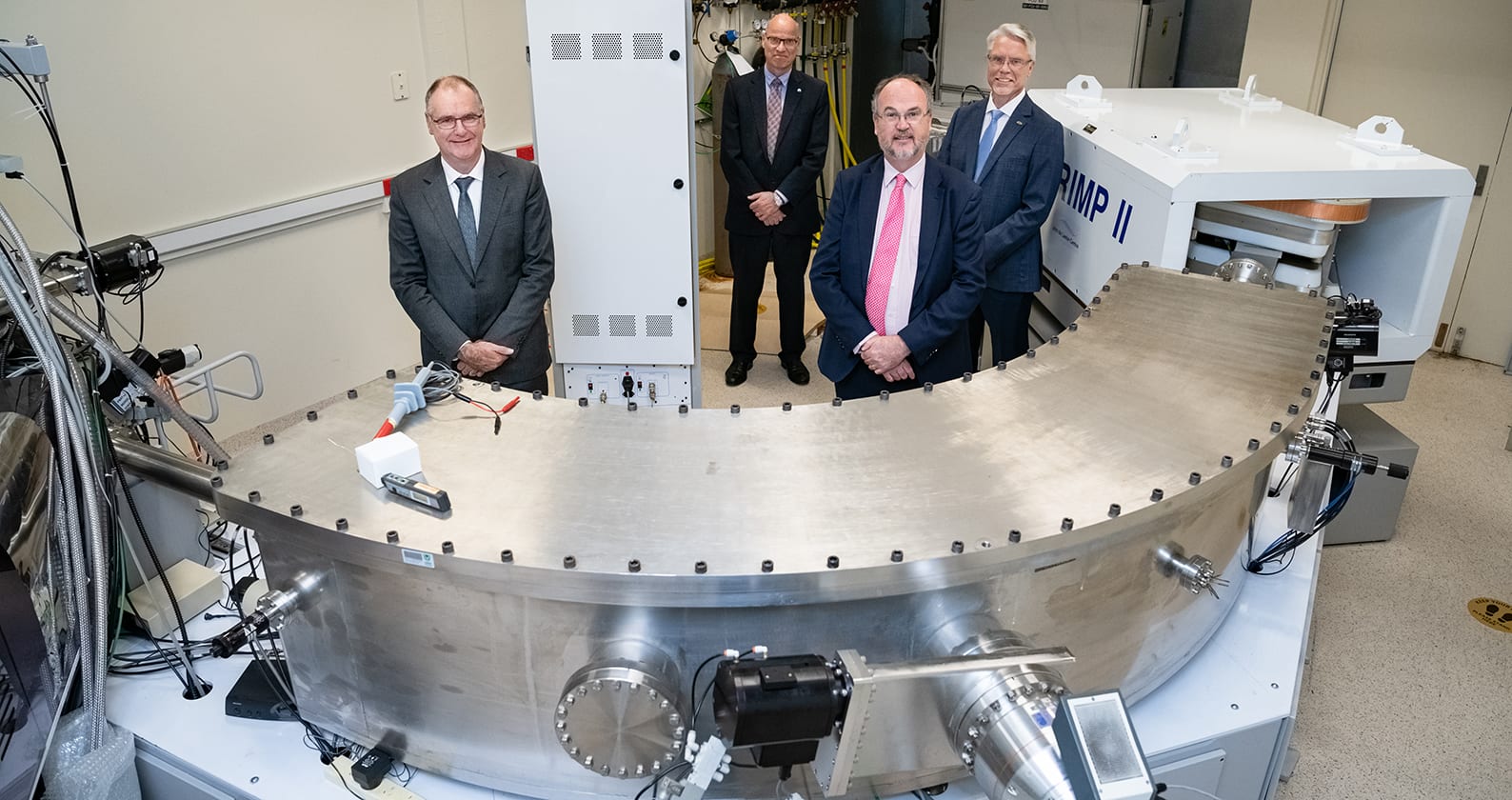Curtin University welcomes the announcement today of $3.2 million in State Government funding to acquire a Geoscience Ion Probe to support the search for new mineral deposits.
Premier Mark McGowan and Mines and Petroleum Minister Bill Johnston announced the funding as part of the state’s COVID-19 recovery plan.
These funds, together with $5 million awarded by the Federal Government via AuScope and the National Collaborative Research Infrastructure Strategy (NCRIS), and $2.1 million from Curtin, will be used to replace the University’s existing 27-year-old Sensitive High Resolution Ion MicroProbe (SHRIMP).
The new Geoscience Ion Probe will be installed alongside other cutting-edge analytical instruments such as electron, laser and atom probes that support minerals research in the John de Laeter Centre at Curtin University.
Curtin University interim Vice-Chancellor Professor John Cordery congratulated the John de Laeter Centre team on the continuation of its ground-breaking work.
“More than 25 years ago, federal and state governments invested in a novel ion microprobe at Curtin which literally transformed the understanding of the Australian continent and rewrote the textbooks on the evolution of the Earth’s tectonic plates and the age of the Solar System,” said Professor Cordery.
“The Curtin SHRIMP instrument is now nearing the end of its life-cycle, and this new model will take its place in providing next generation technology to uncover geoscience information that will be crucial in geological mapping and the discovery of Australia’s future mineral deposits, as well as unlocking the deepest secrets of the Universe.”
JdLC Director Professor Brent McInnes said the new instrument will continue the legacy of the late Professor John de Laeter, former Curtin Deputy Vice Chancellor of Research and Centre founder, who was instrumental in bringing ion microprobe technology to Western Australia.
“The SHRIMP has been used by WA researchers to determine the age of the key ore formation events in the State, and discover the oldest minerals on Earth, the Moon and Mars. Even after a quarter century, the age-dating technology continues to deliver new findings, such as the recent discovery that the Yarabubba crater in the Yilgarn is the oldest in the world. However, after 27 years of generating data for over 860 publications which have been cited over 103,000 times, the original SHRIMP is in need of replacement and we are thankful for Curtin, State and Federal co-investment towards securing new technology for the next generation of finds,” Professor McInnes said.
“Not only will we be able to provide the geochronology and isotope geoscience data critical to mapping Australia and its resources, but we will also support Australia’s participation in international deep space missions by analysing samples returned from space.”
Mr Johnston said the new Ion Microprobe instrument will revolutionise our understanding of how and when the State’s key mineral deposits formed.
“The new model is next-generation and will be the only one in Australia and one of only five in the world. Our resources sector is already a global leader in technology and research; having access to the Ion Microprobe will provide the State with a unique technological advantage to discover the next generation of resources,” Mr Johnston said.
For more information please see here.
Ends…/



